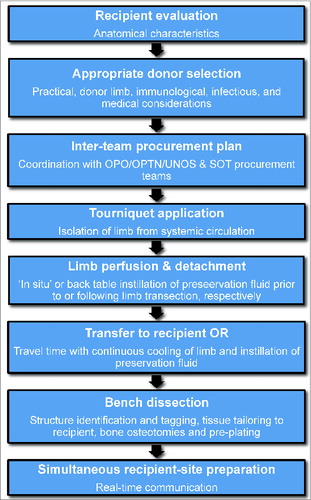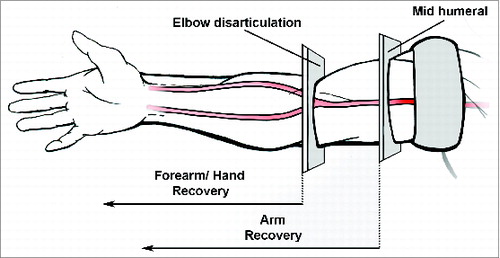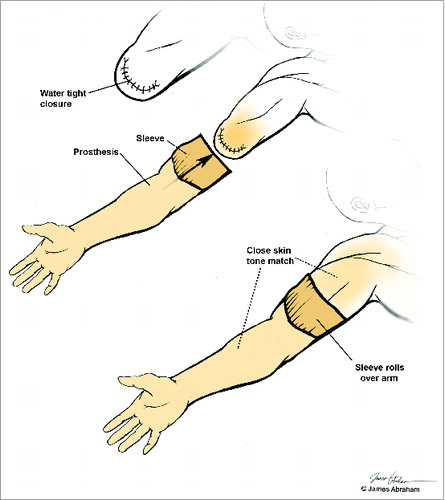Figures & data
Figure 2. Chart outlining practical, donor limb specific, and immunological/medical considerations in proper donor selection.
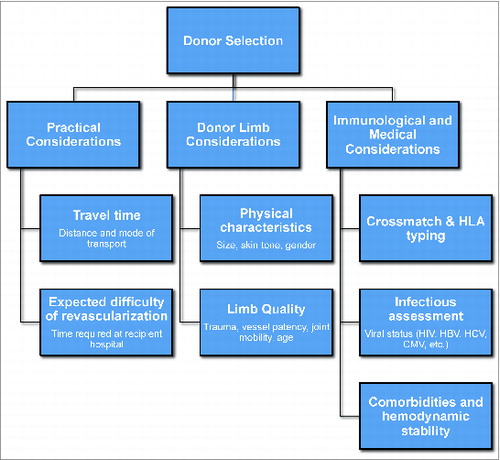
Figure 3. Pathways for donor limb harvest. (A) Prior to solid organ procurement, (B) Post- solid organ procurement, and (C) Simultaneously with solid organ procurement.
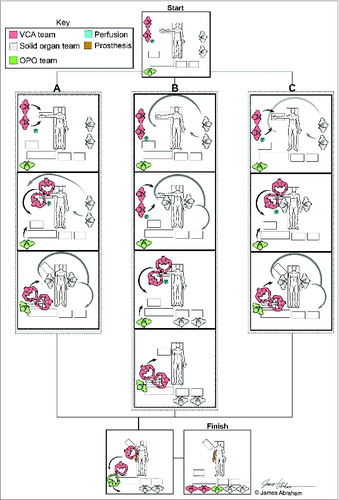
Figure 4. Tourniquet application. (A) The tourniquet may be placed at mid-humeral (for elbow transection) or proximal arm (for mid-humeral transection) dependent on recipient anatomical requirements (B) The pressure of the tourniquet should be sufficient to isolate the limb segment from the systemic vasculature.
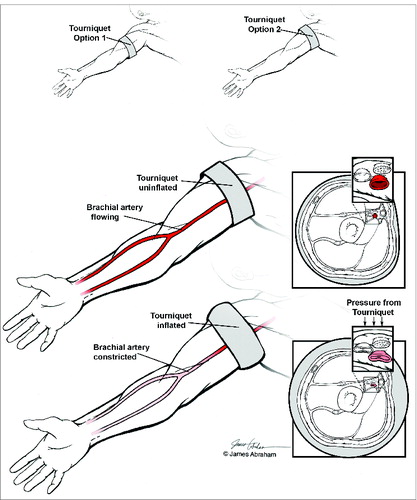
Figure 5. Preservation fluid instillation. (A) ‘In situ’ instillation: While the limb remains attached an infusion catheter is inserted into the brachial artery via arteriotomy. (B) Back table perfusion: Following rapid transection, the donor limb is transferred to the back table where preservation fluid is instilled. Forceps are used to open the arterial lumen.


